Steel for Firearms: Alloys and Key Characteristics
How is steel used in firearm design, what are the most important characteristics of gun component materials, and which alloys have proven their ability to withstand the unique stresses experienced by critical components like barrels and bolts?
In this blog, we explain the fundamentals of steel for firearms, look at why carbon steel is the leading choice for firearm components, and explore 4140-grade steel as an example of an alloy that is well-suited to the unique engineering requirements of gunmakers and OEMs.
The information presented below is provided as a general instructional guide only and is not intended to be comprehensive or definitive. Please reach out to Jade Sterling Steel if you have questions about your steel project and its requirements.
What are guns made of? Firearm Materials 101
Today, firearms are made using a variety of materials including steel, aluminum, carbon fiber, and ceramics.
Historically, “gunmetal” was originally composed of bronze (an alloy containing copper, tin, and zinc), but designs evolved to iron in the search for harder and more durable materials. The science behind gun and steel manufacturing matured together in the 19th century. In the United States, firearm design began transitioning to steel during and after the Civil War—just as the AISI expanded its name to include steel and began classifying carbon steels using the system we still employ today.
Are guns made of steel?
In most cases, yes. While manufacturers continue to experiment with lightweight firearm designs using materials like carbon fiber, carbon steel remains by far the commonplace material for critical firearm components including barrels, bolts, and receivers.
However, not just any steel can be used to manufacture firearms. Materials used in firearm components must stand up to exacting requirements for hardness, durability, and machinability.
Are guns made of stainless steel?
Yes, some firearm designs employ stainless steel for components like barrels due to its resistance to corrosion and heat erosion. In general, stainless steel barrels will be more costly than carbon steel equivalents.
What steel alloys are used in firearms?
Some of the most common steels employed in gun manufacturing, sometimes called “ordnance grade steels,” include:
4140 steel, a low-alloy, medium-carbon (.38%-.43%) steel. We take a deeper look at this leading steel for firearm design below.
4150 steel, which offers similar properties to 4140 steel, with additional hardness but greater machining expenses. Consequently, this grade is more commonly specified for designs that require military-grade steel
Less hard varieties of steel (ie. 1020 carbon steel) may be employed in components with less exacting performance requirements, like the receiver, frame, or sights.
Stainless steel alloys such as 416R stainless steel.
For a given gun design, the right materials will depend on the desired balance of performance characteristics, durability, and cost. In the next section, we explain why 4140 steel has proven to provide an ideal balance across a range of firearm components.
The Importance of 4140 Gun Barrel Certified Steel
4140 is commonly chosen for firearm applications because it offers:
A high Brinell hardness rating of 197 in addition to excellent tensile, fatigue, and torsional strength. The attributes are vital for standing up to the high, repeated stresses inherent to gun operation.
Desirable wear and corrosion resistance properties, which allow firearm manufacturers to achieve improved durability, lifespan, and all-weather characteristics.
The machinability and ductility needed to limit manufacturing costs across a range of components
We take a deeper look at what differentiates 4140 steel (and what makes it a leading choice for firearms, automotive, and much more) in our guide here.
Source 4140 Gun-Ready Steel from Jade Sterling
The fundamentals above just scratch the surface of the metallurgical considerations that should go into selecting the right grade of steel for gun component projects. Part of what makes 4140 so flexible in firearms applications is its amenability to a number of different heat treatment options for achieving the desired final characteristics.
If you need expert assistance selecting the right steel for a firearm component, Jade Sterling is here to help. We can help source the right materials for your design and reliably supply it through our nationwide supply chain networks.
Please reach out to our team if you have any questions or topics you would like to see covered in the future.
For over 55 years, Jade Sterling Steel has been one of the nation’s premier distributors of steel bar and wire rod. Our 40,000+ ton inventory features a broad selection of grades, sizes, and finishing options, giving our customers the flexibility to select the best material for their needs. Whether you need a just-in-time delivery or a long-term supply chain partner, our team is here to help.

